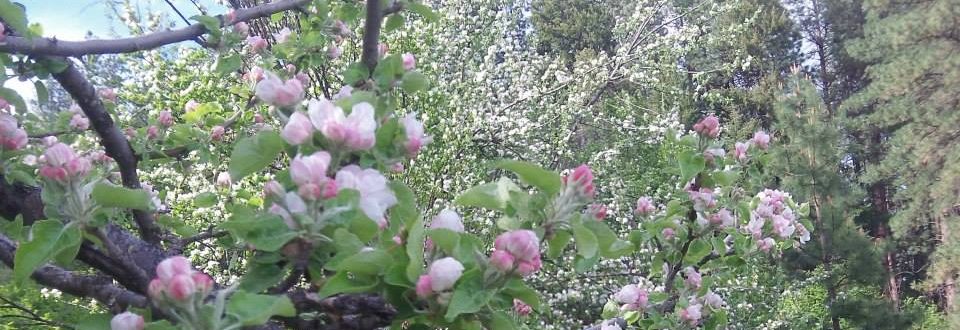Listed are plant taxa unique to or uniquely developed within Western North America. My bias is toward the more cold hardy taxa. Links go to specialist resources. ACACIELLA (PRAIRIE ACACIA)ACMISPON (DEER VETCH)AGASTACHE (HORSEMINT)AGAVE AGOSERISALLIUM*AMARANTHUSABROSIA (BURSAGE/RAGWEED)ARBUTUS (MADRONE)In the Sierra Madre Occidental: Arbutus bicolor and A. madrensis in temperate and cold climates, A. arizonica in semi-dry temperate climates, A. tessellata in warm-temperate climates, and A. … Continue reading Only In Aridoamerica: Plant Taxa Unique to Western North America
Only In Aridoamerica: Plant Taxa Unique to Western North America








